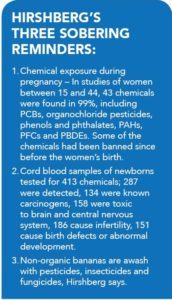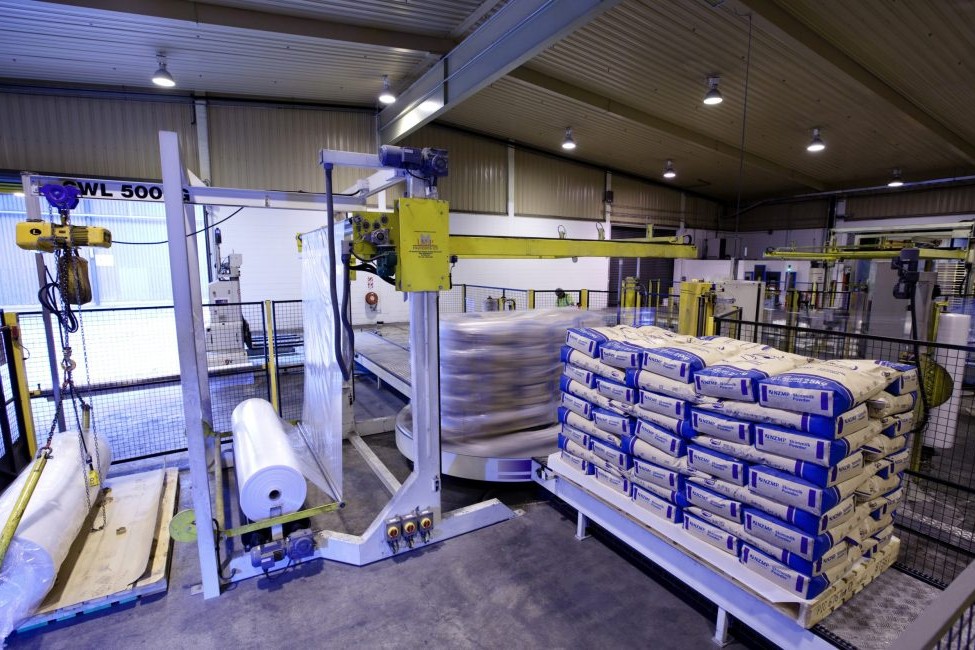Jackie Harrigan
American consumers are worried about chemicals in their food – a concern driving huge growth in the organic sector in the United States.
Organic yoghurt producer Gary Hirshberg is an organic entrepreneur who built his Stonyfield Organics company from seven organic cows to a $400 million company – now owned by French company Lactalis. He told New Zealand farmers at the Farming for the Future conference in Carterton earlier this year the 14% compound annual growth rate in the organic sector could be replicated by Asian consumers and captured by Kiwi organic dairy farmers if enough of them embraced the opportunity.
“It’s been a phenomenal growth rate and if you are a pathological optimist like I am, you will agree that from organic food now being up to 5.5% of US foods , growth to over double digits is in sight and there are a lot of growth opportunities.
“While the rest of the dairy product industry is in decline in the US, organic trade is increasing due to chemical concerns and other health worries, including pesticide residues, foodborne bacterial illness and antibiotic presence.”
 In the US 82% of households buy organic products and not just in the “granola belts on the coast”, Hirshberg said.
In the US 82% of households buy organic products and not just in the “granola belts on the coast”, Hirshberg said.
“Consumers in the conservative mid-west and the farm-belts are outstripping organic consumption growth on the coasts.”
Nielsen’s insights show that the growth in the organic sector is being driven by Hispanic people, (the fastest growing demographic sector in the US) and Millennials.
“When you dig into the data the reasons for the growth are not going away,” Hirshberg said.
The cost of college education in the US has spiralled to $80,000 a year and he says college students are the most debt-ridden generation of all time, but still favour organic and more expensive food.
“When you get into it you find that Millennials are purchasing more expensive food, and while they are cutting back on the some higher-priced items like meat and dairy, they are doubling down on the beverages, cereals, grains, eggs, and plant-based alternatives.”
This generation does not trust institutions like government and researchers – they believe they can get their own information from their own sources – their phones.
About 30% of the Millennial generation are now parents and Hirshberg says from focus groups they have learnt that mums say they might not be able to afford organic for themselves, but they prioritise it for their children. Because the next generation are being taught the importance of organic products they will think it natural to later feed their kids on organic foodstuffs.
“This is the future of farming,” Hirshberg said.
He has been driven to get the Stonyfield products into large US food retailer Walmart as he said many consumers cannot afford to shop at the farmers markets and whole foods stores.
The drive of consumers to organics in the US has pivoted to the avoidance of pesticides and toxins on food.
“We have an out-of-control situation in America when it comes to inadvertent exposure to toxins,” Hirshberg said.
“Pesticide exposure is causing serious health problems. One in every two people in the US get cancer and a lot of research puts the cause down to toxins and chemicals in and on our food.”
The organic industry, under the banner of USDA Organic, have invested in marketing to highlight the 700 chemicals routinely found in non-organic foods and campaigns have slogans of ‘over 700 reasons to just go with organics’ and ‘skip this ridiculously long list of chemicals and just go with organic’.
GROWING A COMPANY BY STEALTH
Gary Hirshberg and his family began as farmers.
With a herd of seven cows at an organic farming school, the organic products were 50% more expensive than conventional products as the milk cost 100% more to produce and Hirshberg’s gross margin was half that of conventional production.
He soon pivoted to buying milk from other organic farmers, and developing and marketing organic yoghurts, figuring his strengths were more marketing than farming.
“There was never enough money to run marketing campaigns so we had to be creative.”
But there was a huge swing towards organic purchasing by mainly mothers who were keen to talk to the actual grower, so they launched a campaign to get their customers closer to the dairy:
- Have-A-Cow campaign: an education campaign to teach consumers about the life on the farm through the eyes of a cow where consumers adopt a cow and receive a sponsorship certificate, a picture and bio for their cow and quarterly updates on how their cow is doing.
- Farm cam – the company kitted farmers out with cameras to take video as they moved around their farm so consumers could watch how the days goes, uploaded to YouTube.
- Political statements printed on the yoghurt pottle lid: messages about climate change, cow welfare, politics.
- Organic sugarcane: Working with Brazil’s Native Green Cane Project procuring organic sugar has meant driving down synthetic fertiliser, pesticide, insecticide and herbicide use and saving carbon dioxide and stopping soil degradation.
- Yoghurt on a Mission: Stonyfield worked with Walmart on a campaign making playing fields organic, by stopping the use of harmful pesticides on grassy fields where children play.
- Influencer farm tours: in 2017and 2018, Stonyfield held farm tours for social media influencers who then blogged, Instagrammed and Facebooked their visit – pushing organic and clean, green and natural aspect of the products. More than 50 million consumers were reached through one tour.
ORGANIC ENTREPRENEURSHIP
Hirshberg has bought land in Motueka and in April was visiting to sign off plans to develop buildings for an ‘organic entrepreneurship’ school his family are establishing with other local organic enterprises.
“I actually believe that organic is a unique selling proposition and is a unique opportunity for New Zealand – this country can become one of the world leaders and models. And in terms of
your green imagery and the clear belief on the part of the people who live here – that you live in a cleaner, greener place – embracing an organic agriculture economy is an obvious way of taking advantage of that.”





